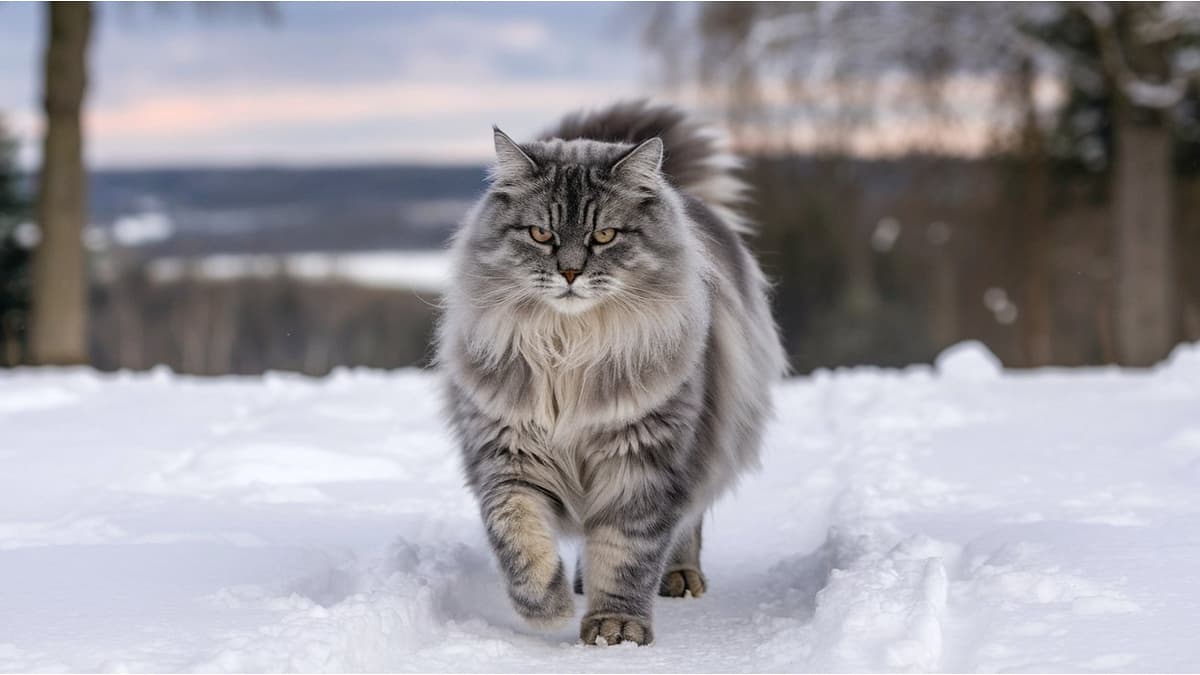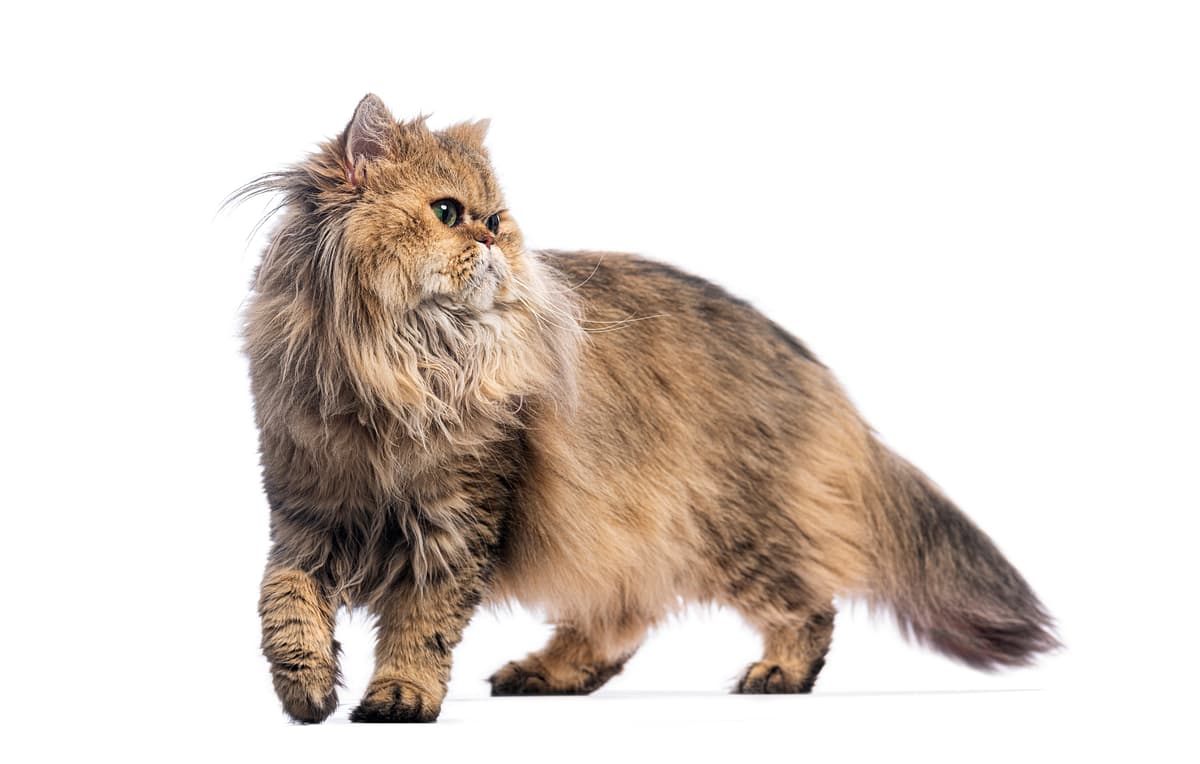Siberian vs Persian
Discover the differences between Siberian and Persian to make the best choice for your situation.
Try different breeds

Siberian
Affectionate, playful, and adventurous, this breed thrives on companionship and interactive play. Renowned for its lush triple coat and hypoallergenic qualities, it charms families and cat lovers alike.

Persian
Luxurious long fur, expressive eyes, and a calm presence define this affectionate breed. Persian cats thrive as gentle companions, bringing quiet elegance to any home.
Quick comparison
Large
5–9 kg
Longhaired, triple-layered
12–16 years
4–7 kg
Moderately active
Medium
3.5–6.0 kg
Longhaired, dense undercoat
12–17 years
3.0–5.5 kg
Low activity needs
Personality & behavior
Compare the personality traits and behavioral characteristics of both breeds.
Siberian
Affectionate and sociable with people and pets
Learns quickly and solves problems independently
Active and enjoys interactive play sessions
Loves toys and frequent, engaging activities
Adjusts easily to new surroundings and changes
Persian
Affectionate and gentle with family members
Learns routines but not highly problem-solving
Prefers lounging over being active
Enjoys quiet play, not very lively
Adjusts to change but prefers stability
Care needs
Exercise, grooming, and daily care requirements
Siberian
Hypertrophic cardiomyopathy, feline lower urinary tract disease
Persian
Polycystic kidney disease, respiratory issues
Suitability
How well each breed fits different living situations and families
Siberian
Good option
Adaptable nature makes them manageable for new cat owners
Very adaptable
Handles limited space well with proper enrichment and play
Excellent match
Enjoys playtime and stimulation from active environments
Family friendly
Gentle and tolerant with respectful children
Gets along well
Social and generally accepts other pets after introductions
Not ideal
Dislikes being alone for extended periods, may develop stress or boredom
Persian
Good choice
Their gentle temperament suits new owners but grooming needs require extra commitment
Excellent fit
Low activity level and quiet nature are well-suited for small living spaces
Not ideal
They prefer calm environments and may be stressed by frequent noise or activity
Generally suitable
Patient and tolerant, but supervision with very young children is recommended
Usually compatible
Can get along with other pets if properly introduced and socialized
Poor choice
Persians dislike being left alone and may develop stress or behavioral issues
Breed strengths
What each breed excels at and their best qualities
Siberian
- Adaptable to varied household environments
- Tolerant of children and other pets
- Playful and interactive with family members
- Generally robust health and longevity
- Low tendency for destructive scratching
Persian
- Gentle and calm temperament
- Affectionate with family members
- Adapts well to indoor living
- Low prey drive and minimal hunting
- Quiet and rarely vocalizes
Challenges & considerations
Potential challenges and considerations for each breed
Siberian
- Requires frequent grooming for thick coat
- Sheds heavily, especially seasonally
- Prone to developing obesity if under-exercised
- May be reserved with unfamiliar people
- Needs regular stimulation to prevent boredom
Persian
- Requires daily grooming and brushing
- Prone to respiratory health issues
- Sensitive to heat and humidity
- Regular eye cleaning often necessary
- Can be less playful than other breeds
Ready to choose your perfect breed?
Learn more about each breed or compare other breeds to find the perfect match for your lifestyle.
Discover more helpful tools
Make use of our other free tools to get the most out of your pet experience
